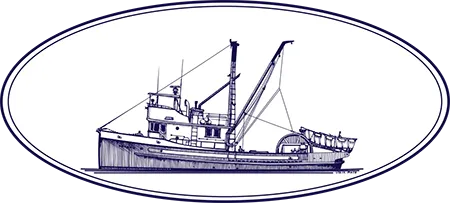There are millions of lakes all over the world, many of them important sources of fresh water as well as fun places to go boating. Lakes can have a major impact on Earth’s climate and be crucial to the health of both humans and other living things. They’re also habitats for fish, aquatic plants, and microorganisms. It’s important to learn about what lakes do and why they’re important so we can understand why we should protect these important resources.
What Is a Lake?
A lake is a large body of water that’s enclosed by land on all sides. Lakes are similar to ponds, but ponds are much smaller and shallower than lakes. Lakes usually contain fresh water, but some are salty, like the Great Salt Lake in Utah. Many of the world’s lakes were carved out by glaciers thousands of years ago, but some have formed when pieces of Earth’s crust pushed against each other and buckled, forming depressions that filled up with water over time.
Lake Ecosystems
The ecology of any specific lake depends on a variety of factors, including its climate, depth, size, and salinity. Salt lakes contain organisms that can tolerate high salinity, like brine shrimp and algae, while fresh lakes can contain all sorts of living things. A lake’s ecosystem is made up of biotic and abiotic factors. Biotic factors are living things, like fish, plants, and bacteria, while abiotic factors are the non-living parts of the lake, like the water itself and the soil underneath. Biotic factors have complex and interconnected relationships as parts of food chains; for instance, aquatic plants provide shelter for animals, while fish might eat those plants or smaller fish. When fish die, bacteria eat them, and those bacteria then create nutrients that feed new plants. Meanwhile, abiotic factors influence which plants and animals can inhabit a particular lake. The salt content of the lake’s water, the amount of sunlight it gets, and the minerals and nutrients that are carried in the water and present in the soil all influence which life forms will thrive there.
Common Environmental Problems in Lakes
Maintaining a healthy ecosystem in a lake requires a delicate balance of different factors, and when that balance is thrown off, it can seriously damage the ecosystem. One major threat to the health of lakes and the living things in them is pollution. Runoff can carry things like fertilizers, pesticides, and other chemicals from our homes and businesses into the groundwater and eventually into lakes, where these substances can kill some organisms and help others to grow. Even “helping” can be a bad thing, though. When too much phosphorus and nitrogen are added to a lake’s water, algae thrives, creating algal blooms. These algal blooms can claim all of the available resources, blocking the sunlight that other aquatic plants need to grow and depleting the oxygen content of the water, and even produce toxins that can make animals and humans sick.
Invasive species are also threats to the health of lake ecosystems. Invasive species are organisms that are introduced to an ecosystem they don’t belong in. Often, these invaders throw off the balance of the existing food chains, consuming or crowding out food sources that other species depend on.
Lake Vocabulary and Glossary
Abiotic Factors: Non-living components within an ecosystem
Algal Bloom: An overgrowth of algae in or on a body of water
Biotic Factors: Living things within an ecosystem
Ecology: The study of the interactions of organisms within their environments
Food Chain: A series of organisms in an ecosystem that depend on each other as a source of food
Nutrient: A substance that provides nourishment needed for the maintenance of life and growth
Sedimentation: Accumulation of material that settles out of the water and builds up on the bottom of a lake
How You Can Help Lakes
Humans can cause a lot of harm to lakes, but they can also take action to protect lake ecosystems. One of the most important things you can do is to keep pollutants out of the water. Reduce or eliminate your use of fertilizers, and make sure to dispose of household chemicals responsibly. And don’t forget to keep anything with an engine, like a car, boat, or lawnmower, well-maintained so that it doesn’t leak chemicals onto the ground.
You should also do what you can to minimize runoff. For example, if you’re going to wash your car, do it somewhere where the water will run into gravel or grass, which will slow it down and keep it from picking up more chemicals that could seep farther into the ground.
You should also make sure that you’re not giving invasive species a ride when you use your boat. Always clean your boat carefully before you launch your boat into any body of water to make sure that it doesn’t have anything stuck on it that could invade the ecosystem. Keep in mind that some of these invaders can be microorganisms, which are too small to see; even if you don’t see anything on your boat, you need to wash it anyway.
This page was last updated by Douglas R. Williams











